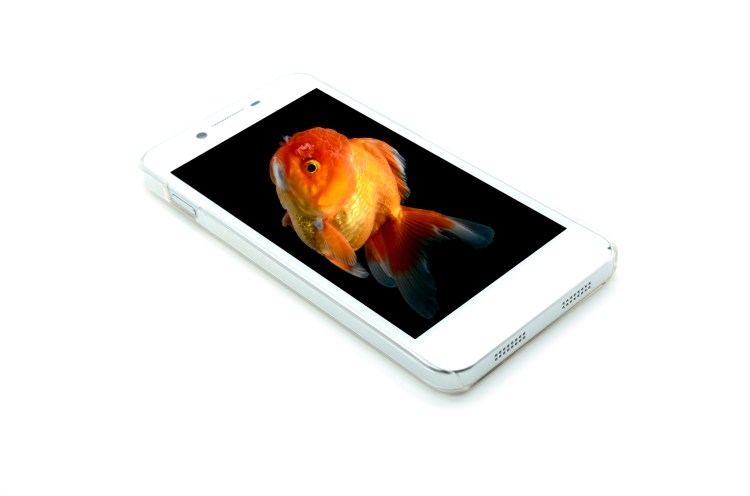The way we use apps and smartphones is affecting our attention span dramatically, according to a new report from Jampp released today.
In fact, the report shows an 88 percent decrease in consumers’ attention span year over year. That’s significant, and it means mobile marketers need to change how they’re approaching mobile app users.
The app install and re-targeting platform aggregated 10 billion data points from thousands of Android and iOS apps, as well as data provided by Adjust, Apsalar, and Localytics, in order to understand how we install apps, when we first make a purchase, and how much time we spend in-app.
And the results are eye-opening.
The data shows as much as a 35 percent decrease in average app session length quarter over quarter. Even more interesting is the time between downloading an app and making a first purchase. Seventy percent of conversions for ecommerce apps occur within the first 14 days after install. Those times, however, differ wildly depending on the industry.
Taxi apps have the shortest latency period of 4 days to drive 80 percent of conversions, whereas fashion apps have the longest latency period: 31 days to drive 90 percent of conversions.
This rapid decline in user session length means that either consumers are making purchasing decisions faster or they are getting distracted and losing focus.
“We think this really depends on the app category,” Diego Meller, cofounder of Jampp, told me. “If you are buying a flight for your next vacation, you might not be purchasing just after you download the app. We do notice for some categories that consumers that intend to purchase will do so within a few days of installing the app. This can be due to the on-demand nature of a mobile phone. You open a messaging app when you want to message someone, or you open a navigation app when you need find directions to your desired destination.”
The sharp decline in attention spans could be a warning to those entering the ecommerce fray. With established players like Amazon — who already has control of almost 50 percent of first-time product searches — dominating the space, what can new ecommerce players do to compete in this environment?
“The app market for ecommerce isn’t so clear cut,” Meller said. “Purchases, users, and mobile usage are on the rise based on some data we’ve seen. However, to capture interest and a user’s attention, we’re seeing that decline as people are generally more distracted by external factors when using their mobile devices.”
Push notifications and email remarketing — two ways to drive re-engagement in mobile apps — are not performing well, according to the study. Using data from Localytics, the report shows that only 46 percent of users find these tactics to be helpful, with 52 percent stating that they’re an “annoying distraction.”
“Marketers may have a tough time competing with all the noise in a mobile world, but that’s why retargeting is so essential,” Meller said. “The bigger ecommerce players are focused solely on installs but not necessarily big on in-app activity or engagement. At least there’s still an opportunity there for players that really pay attention to in-app optimization, retargeting, and engagement. An app with 1/10th the number of installs could drive more activity than a competitor if it’s smarter in how they activate or re-engage users. What matters is how many active, engaged users you have on day 30, not on day 1.”
So how will “conversational UI” change things going forward? Will we abandon apps and start “talking” to brands directly via FB Messenger, Kik, WhatsApp etc., and how does that affect ecommerce going forward?
“It’s a bit too soon to tell how conversational UI and bots may affect ecommerce apps,” Meller said. “Even if you start interacting via rich notifications or messaging apps you still need to first install the app, and it’s still not clear when the user will take action through this type of UI — it would more likely be used for light interaction rather than making a large purchase. When looking forward, this will be more and more important, to take note of and analyze how or if consumers shift their behavior.”
The full report, which also looks at user acquisition budgets and dynamic product ads, is available today.
VentureBeat's mission is to be a digital town square for technical decision-makers to gain knowledge about transformative enterprise technology and transact. Learn More

